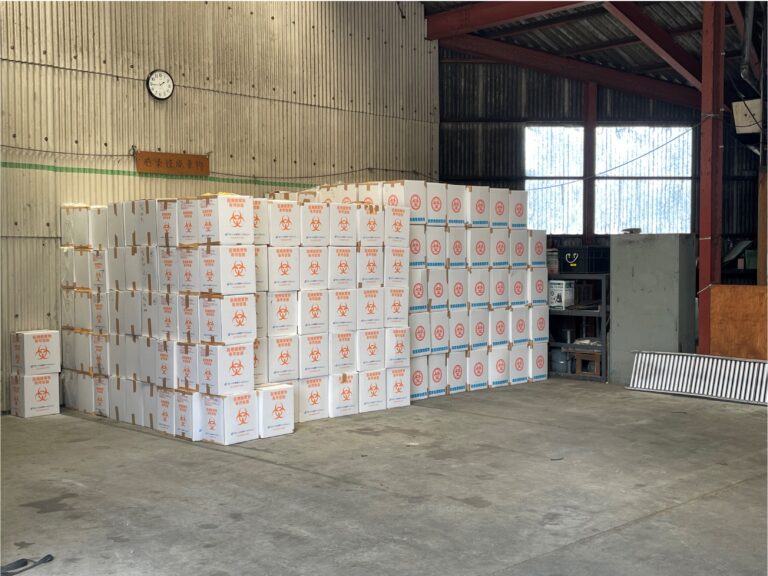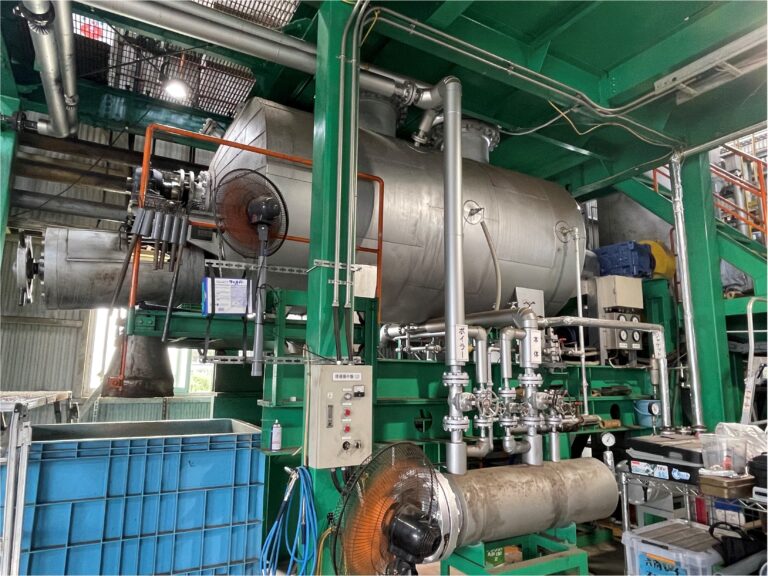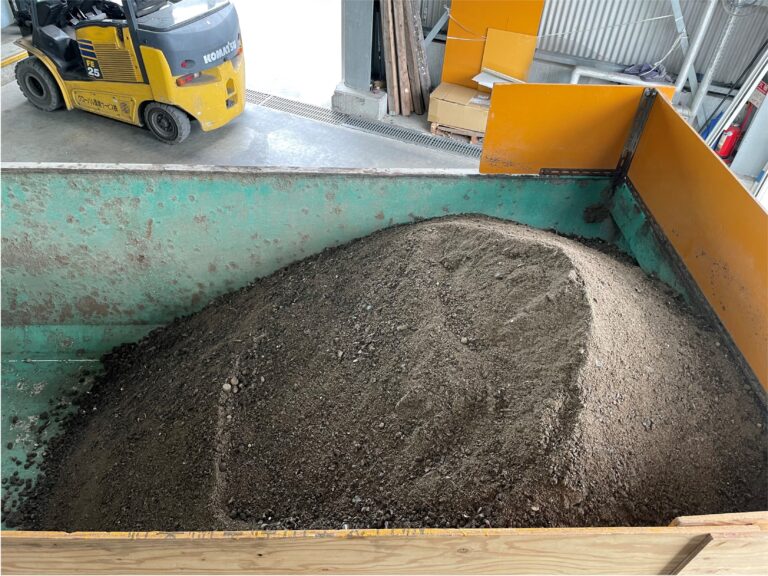Article 51 of the Building Standards Act requires new buildings or expansions for the purposes of wholesale markets, cremation facilities, slaughterhouses, sewage treatment facilities, trash incinerators, industrial waste treatment facilities, and trash facilities, to have, in principle, decided upon the site of construction by local municipalities beforehand. This will likely prevent the continued use of medical waste treatment facilities reaching end-of-life at their current location due to the drawn out process of gaining approval.
At the same time, the coronavirus pandemic of 2019 has spurred a yearly increase in the amount of medical waste, including infectious waste. This and the general lack of capable handlers has led to an increase in the number of illegal dumpings of medical waste.
|
2004
|
2011
|
|---|---|
|
290K
|
320K
|



ALIN 5 (5m³ capacity)
High pressure boiler, steam cooling system
330m² (3,500 square feet)
Approximately 8 tons/day (1,600 containers)
2 hours (8 cycles per day)
2 shifts of 6 operators
The residue from the sub-critical water hydrolysis to the amount of 2000 tons per year is currently disposed of at a separate site. Analysis of the residue reveals that it has the potential to generate 2 million KW of electricity if reused for biogas generation.
Learn how you can take advantage of cutting edge sub-critical water hydrolysis to solve your waste disposal needs.
Feel free to contact us using our web form.